radiant floor question
Jj J
last year
Featured Answer
Sort by:Oldest
Comments (6)
HU-867564120
last yearJj J
last yearRelated Discussions
Radiant Heating in addition to forced air? Lots of questions
Comments (18)This is not technical, but opinions after living with radiant floors for several years: One thing to remember is that we must adapt to a difference in how we think about heating. With F/A, wood, radiators, etc. we have a tendency to look at the outside thermometer registering cold, and then turn up the inside thermostat. Or maybe we walk by a window and feel cold seeping in -- and turn up the thermostat to compensate. That's often habit, but the habit is based on the fact that most houses are/were poorly insulated and often let cold or drafts into the living area -- so if it's cold outside our subconscious says oooh, it's gonna get cold in here, turn up the heat. You almost have to live with radiant flooring to really realize that one just doesn't need to play with the thermostat. If your house is well-insulated (and to an amazing extent even if it's not well-insulated) you set the thermostat for the temperature at which you are comfortable, regardless of what's going outside and you leave it there. And another thing which is rarely addressed is the fact that many (most?) people set the radiant flooring to 75 and are on the warm side of comfortable regardless of whether or not it's frigid outside. No matter what your source of heat, it takes less energy [and less $] for 75 than for 80°. Yes, if the cat stands in an open door peering out at a snowstorm there will be frigid draft coming in... no matter whether you have F/A or radiant. The difference is that F/A will have to warm up that cold air with more not-very-warm air and meanwhile you have both cold and F/A warm air blowing around you. Brrrr. With radiant, you have --and keep-- warm feet which physiologically makes you feel warm because the temperature of the floor has not changed. Yes, the open door's cold air is mixing with the warm air but it isn't blowing onto you to make you feel cold. Talking about vacations -- or a length of time away from home -- should take into consideration that radiant flooring does not make any ultra-high demands on its system. Radiant is meant to *maintain* an even temperature, not jerk it up with a blast of heat like other heating methods. So it makes sense to turn off a furnace while you aren't home because a furnace requires a blast of heat to warm the volume of air; long blasts for lots of warmth and short blasts when there isn't much difference between ambiant and desired air temps. Unless you are going to be gone for lots longer than it takes to cool-off followed by heating-up the radiant flooring, it does not make sense to change its temperature. Modern houses with radiant flooring are almost always considerably better insulated than their F/A counterparts, and it takes days not hours to cool off. And last, there are often comments about the length of time it takes to "warm up the house" with radiant heat. Especially if one lives in an area with a great variety of temperatures. Ah, excuse me, but if I'm comfortable at 75° what difference does it make what the temperature is outside??? If the house is highly insulated and draft-free it makes very little difference whether it's 10° or 50° outside. In my area outside temperatures with daily 40-degree variations are common for weeks at a time, regardless of season. Okay, not so common in the summer, but we don't need heated houses in August. On the rare occasion that it gets umcomfortably warm inside, I open the window. Low-tech but effective. Oh yeah, in July and August I turn on the A/C, not so low-tech, but effective. The point is, 75 is 75 is 75 and if your feet are happy at 75 it doesn't matter what temperature the outside air is. A 'warm house' is a side-effect of radiant because its main purpose is keep you comfortable, that is, maintaining your comfort with an even temperature....See Morehydronic radiant floor heat questions
Comments (7)If Thermal Track is made by a couple of companies, that explains it. The brochure I have shows an aluminum face and their recommended installation for tile is cement backer board over the Thermal Track, then an iso membrane on that and tiling on the membrane. Warmboard itself does "allow" you to thinset Ditra directly to the Warmboard, but Schluter won't warranty an installation like that. Schluter recommends a transition material between the Warmboard and the Ditra. Warmboard used to have a bit of double-speak on their website and in their literature. Not sure if they are still that way. They first tell you to install in accordance with TCNA guidelines, etc, or IAW the manufacturer's instructions, etc, but then they give you shortcuts around those guidelines and say "they've never heard of a failed installation" when taking those shortcuts. For those not familiar, the big difference between Warmboard and Thermal Track is that Warmboard in an of itself is a structural subfloor and radiant track combined into one material. Thermal track is installed over an existing subfloor. I installed Warmboard when it first came out. Nice product, but not worth the $$$ or added steps required during installation or in protecting it after the installation. At least not in my book. Mongo...See MoreRadiant Heat below grade question
Comments (2)Poolowner- Here is the radiant specs put out by the NWFA: With radiant heat, the heat source is directly beneath the flooring, so the flooring may dry out faster than a similar floor in a home with a conventional heating system. Wood flooring can be installed over radiant heat as long as you understand radiant heat and how it can impact wood flooring, what precautions to take, and what type of wood flooring to use. Types of wood flooring that are best suited-for radiant heat subfloor are products that possess improved dimensional stability such as: ⢠Engineered wood flooring is more dimensionally stable than solid wood flooring. ⢠Certain species are known for their inherent dimensional stability such as North American oak, American cherry, American walnut and others. Denser species such as maple and Brazilian cherry are less stable. ⢠Quartersawn and rift-sawn wood flooring is more dimensionally stable in width than plain sawn wood flooring. ⢠Narrow boards are more dimensionally stable than wide boards. So in that light I would look for an engineered product that isn't wider than 3", preferably quartersawn and unfortunately not Maple....See Morea stupid low budget radiant floor question
Comments (1)I don't know if there are any codes against doing this or not, or if there is any fire hazard, but in my house I would drill some large holes in the top of the ductwork, but I wouldn't drill any in the subfloor....See Morekevin9408
last yearmtvhike
last yearJj J
last year
Related Stories
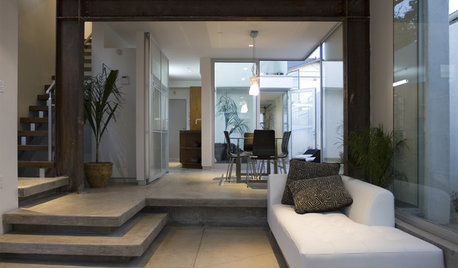
GREEN BUILDINGConsidering Concrete Floors? 3 Green-Minded Questions to Ask
Learn what’s in your concrete and about sustainability to make a healthy choice for your home and the earth
Full Story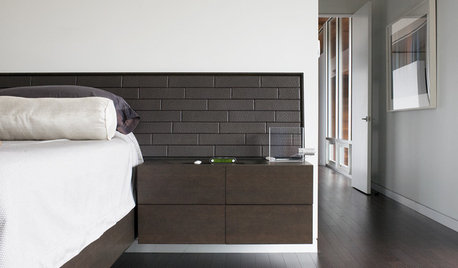
FLOORSFloors Warm Up to Radiant Heat
Toasty toes and money saved are just two benefits of radiant heat under your concrete, wood or tile floors
Full Story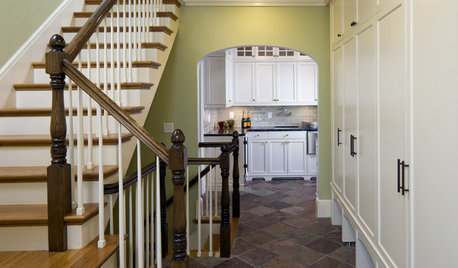
TILE6 Questions to Answer Before You Install Tile Flooring
Considering these things before tackling your floors can get you a better result
Full Story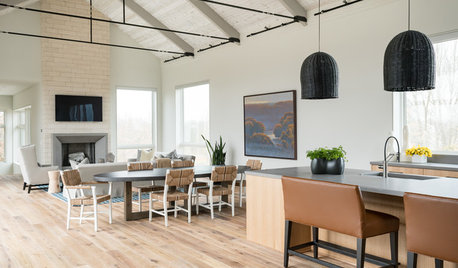
ARCHITECTURE5 Questions to Ask Before Committing to an Open Floor Plan
Wide-open spaces are wonderful, but there are important functional issues to consider before taking down the walls
Full Story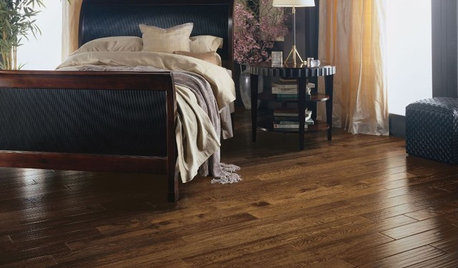
REMODELING GUIDESYour Floor: An Introduction to Solid-Plank Wood Floors
Get the Pros and Cons of Oak, Ash, Pine, Maple and Solid Bamboo
Full Story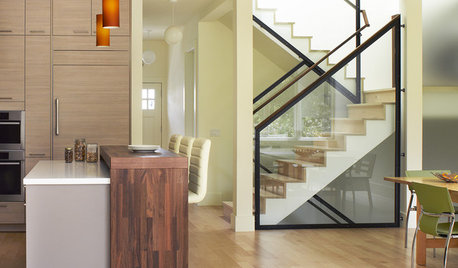
FLOORSIs Radiant Heating or Cooling Right for You?
Questions to ask before you go for one of these temperature systems in your floors or walls (yes, walls)
Full Story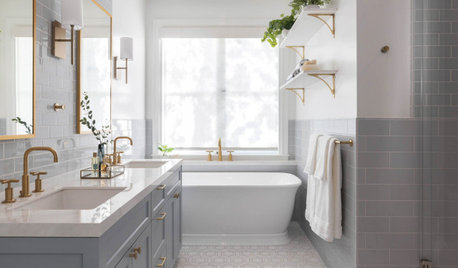
FLOORSWhat to Ask When Considering Heated Floors
These questions can help you decide if radiant floor heating is right for you — and what your options are
Full Story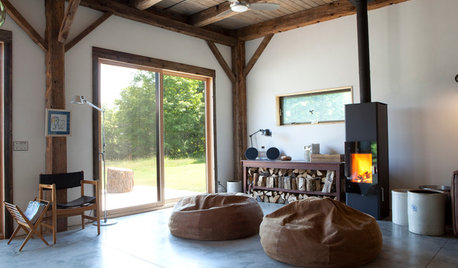
GREAT HOME PROJECTSHow to Add a Radiant Heat System
Enjoy comfy, consistent temperatures and maybe even energy savings with hydronic heating and cooling
Full Story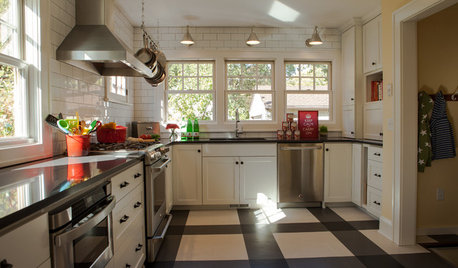
KITCHEN DESIGNKitchen of the Week: Drab and Dysfunctional to Radiant in Minnesota
Clunky storage and lackluster floors get nixed in favor of open shelves, plaid vinyl and an effective kitchen work triangle
Full Story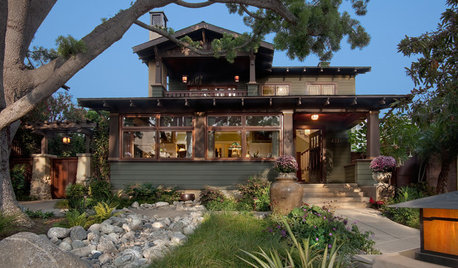
CRAFTSMAN DESIGNHouzz Tour: Radiant Restoration of a 1910 Arts and Crafts Bungalow
A single-story bungalow in San Diego gets a second floor and so much more
Full Story



HU-867564120